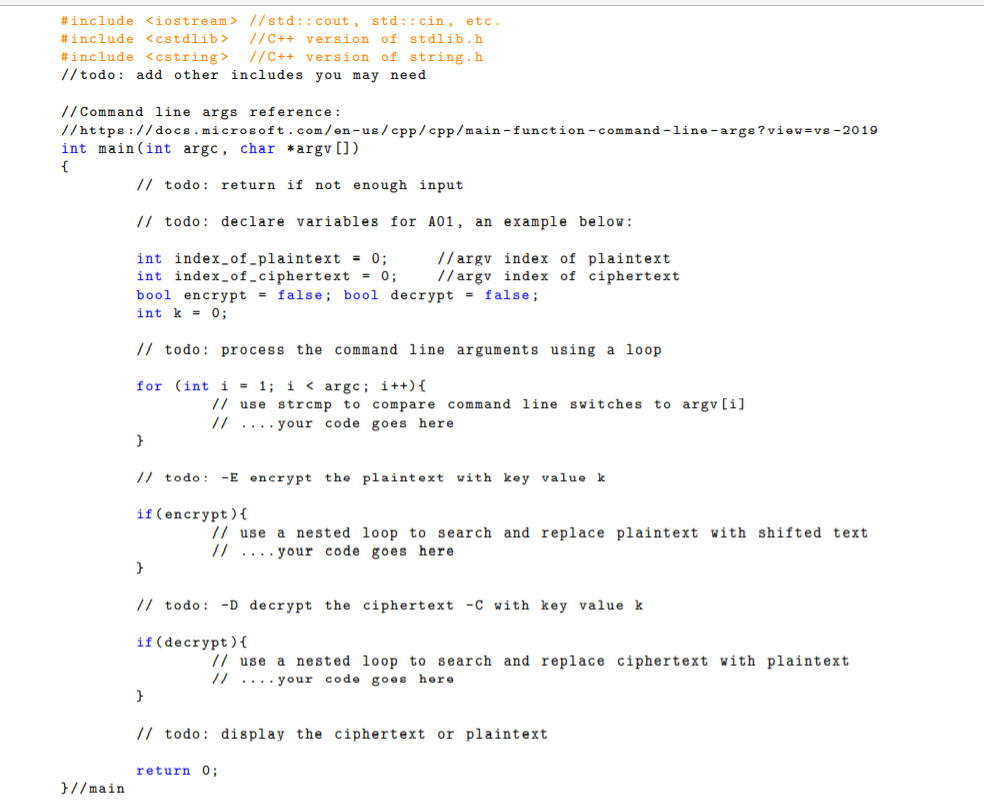
Print('Hacking key #%s: %s' % (key, translated))Ĭonsider the cipher text encrypted in the previous example. Message = 'GIEWIVrGMTLIVrHIQS' #encrypted message The program implementation for hacking Caesar cipher algorithm is as follows − This technique does not demand much effort and is relatively simple for a hacker. One of such possibility is Brute Force Technique, which involves trying every possible decryption key. The cipher text can be hacked with various possibilities. The plain text character is traversed one at a time.įor each character in the given plain text, transform the given character as per the rule depending on the procedure of encryption and decryption of text.Īfter the steps is followed, a new string is generated which is referred as cipher text. You can see the Caesar cipher, that is the output as shown in the following image − Explanation # Encrypt lowercase characters in plain text Text To Cipher: Offset: (number of letters to move) Result.

Shift Cipher Controls How it works (simplified) The cipher move each letter a designated amount down the For example, A, with an added shift of 1becomes B. What to do Click on the different buttons to use different Shift Ciphers.
#Shift cipher decoder crack#
Result += chr((ord(char) + s-65) % 26 + 65) Make a Cipher Kids Ciphers Atbash Cipher Ciphers To Solve Share. Shift Cipher Shift Cipher With a Shift Cipher, you can encode text, as well as decode and crack ciphertext. If the message was right shifted by 4, each A would become E, and each S would become W. The Caesar cipher encrypts by shifting each letter in the plaintext up or down a certain number of places in the alphabet. Alice and Bob do have to meet privately to agree on the parameters. Notice that this is harder than for a shift cipher. Here is a quick example of the encryption and decryption steps. If Eve knows that it is a linear cipher then she can just try all 12 × 26 312 possible linear ciphers. For example, if the key is five, the letter A becomes E (. # Encrypt uppercase characters in plain text The Vigenre cipher is a polyalphabetic substitution cipher that is a natural evolution of the Caesar cipher. For the caesar cipher, the key is the number of characters to shift the cipher alphabet. He came with a shift letter algorithm that implies changing the alphabet letters with a key digit. The program implementation of Caesar cipher algorithm is as follows − The following diagram depicts the working of Caesar cipher algorithm implementation − It is simple type of substitution cipher.Įach letter of plain text is replaced by a letter with some fixed number of positions down with alphabet.

The algorithm of Caesar cipher holds the following features −Ĭaesar Cipher Technique is the simple and easy method of encryption technique. This chapter talks about Caesar cipher in detail. In the last chapter, we have dealt with reverse cipher.

Decryption of Simple Substitution Cipher.This becomes a problem when we run the loop, and try and store 5 integer values into arr, which can handle only 4 values, which ultimately results in a memory leak of sorts(when trying to deallocate the memory), and the program will complain when you run it. Now seeing as lineLength = 4, if line.length() = 5, you'll only be able to allocate 4*2 = 8 bytes of memory for it, so we're two bytes (i.e one integer value) short of what the program expects as the size of array arr. Now, in your program, lineLength = line.length()-1, which means that if line.length() = 5, and you need an integer array capable of holding 5 integer values(which will occupy 10 bytes), so you'd be expected to allocate that amount of memory for the array, arr. That's because when we declare an array, say int arr, we are allocating, effectively 5*2 = 10 bytes of memory for it. Now, you'll have to deallocate the memory occupied by asciiValue and cipherLine, and keep adjusting its size according to the current length of the line, so, add this here: delete cipherLine Here, you'll have to initialize the pointers mentioned above, so that they'll be the same size as the current line, not 0, so, add these two lines here: asciiValue = new int Solution: Initialize them as pointer-variables, so line 12 becomes: int *asciiValue Int asciiValue // > shiftValue ĬipherText Its as good as initializing them to be normal variables, not as arrays, which you need here.


 0 kommentar(er)
0 kommentar(er)
